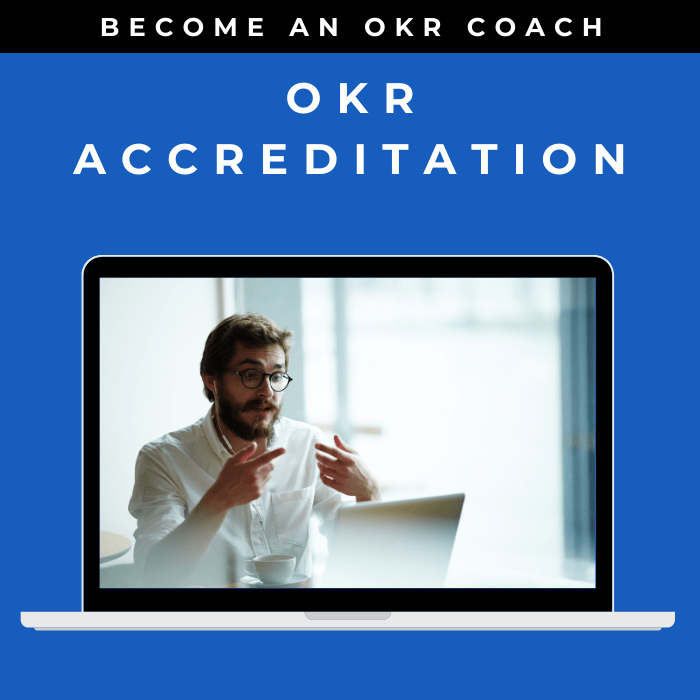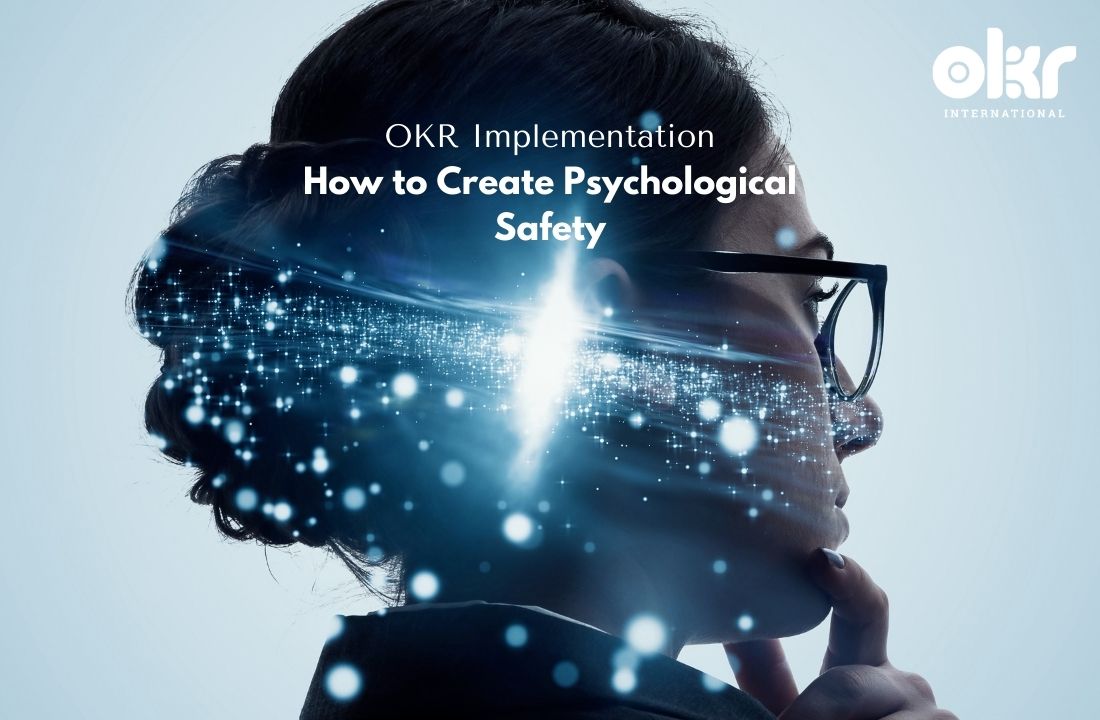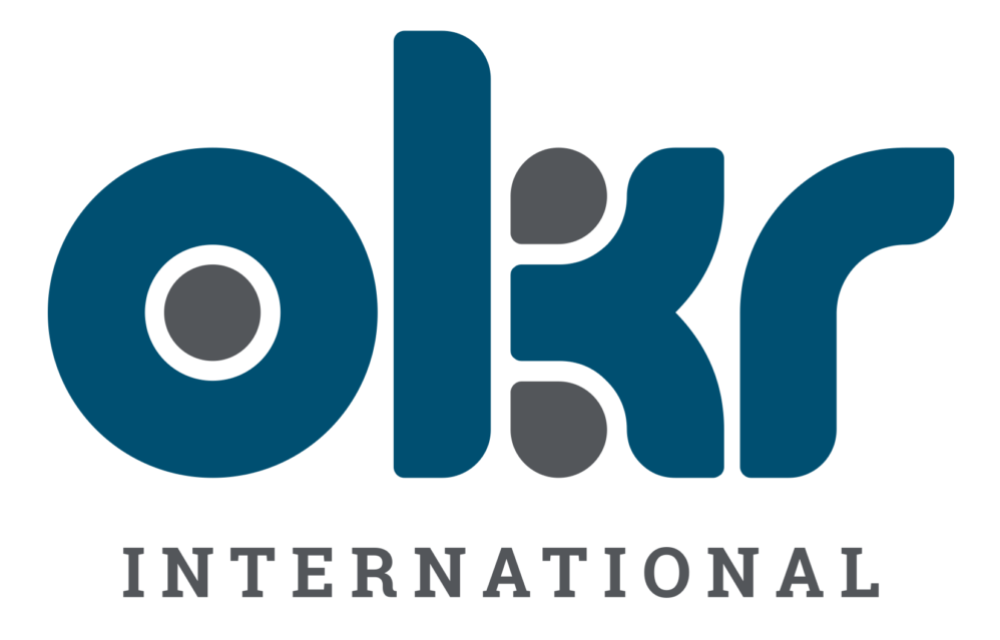How to Create Psychological Safety Whilst Implementing OKRs
Understanding the critical role that psychological safety plays in the successful implementation of Objectives and Key Results (OKRs) can revolutionize your organization’s performance. OKRs, a goal-setting framework pioneered by tech giants like Google, aim to align individual, team, and organizational goals. However, they can only deliver the desired results when combined with psychological safety, a culture of trust and transparency where individuals feel safe to take risks and communicate openly. Here’s a step-by-step guide to creating psychological safety when implementing OKRs.
1. Promote Open Communication
The first step towards creating psychological safety is to promote open communication. Everyone should feel encouraged to voice their ideas, doubts, and challenges. This is crucial when setting OKRs, as employees need to express their concerns about the practicality or stretch of goals without fear of retaliation or judgement.
Pixar has famously implemented a unique practice known as “Notes Day.” On this day, regular work is put on hold, and everyone in the company, regardless of their role, is invited to suggest ideas and voice concerns about any aspect of the organization. This practice has helped Pixar establish a culture of psychological safety, where employees feel safe to share their thoughts and ideas openly. Such open dialogues have proved extremely beneficial when discussing and setting OKRs, contributing significantly to Pixar’s globally recognized success.
2. Encourage a Growth Mindset
A growth mindset, where employees view challenges as opportunities for development rather than threats, fosters psychological safety. It shifts focus from achieving perfect results to learning and growth. It is fundamental when implementing OKRs, as the model is inherently designed to set ambitious, ‘stretch’ goals that may not be fully achieved.
The famous case of Microsoft’s transformation under Satya Nadella’s leadership highlights the impact of a growth mindset. Microsoft introduced a culture that celebrated learning and innovation, seeing failures as learning opportunities. This approach facilitated their OKR process, creating an atmosphere where employees could ambitiously set and work towards their OKRs.
3. Implement Regular Feedback Sessions
Regular feedback sessions are an essential part of creating psychological safety. Transparent, constructive feedback helps identify potential issues early, enabling quick resolution. Feedback loops also make employees feel heard and valued, enhancing their sense of safety.
Using feedback in relation to OKRs, consider the example of LinkedIn. The company holds quarterly OKR check-ins, where employees receive and give feedback. This transparency strengthens the culture of trust, empowering employees to strive towards their OKRs.
4. Celebrate Effort and Progress, Not Just Success
Psychological safety is nurtured by recognizing and celebrating effort and progress, not just success. This strategy supports employees when they strive for challenging OKRs. They feel safe to take risks, knowing their efforts will be appreciated, even if they don’t fully achieve their objectives.
In this context, Adobe offers a brilliant example. They replaced their traditional performance management system with a “Check-In” model. Managers provide ongoing feedback and recognize the progress employees make towards their OKRs, enhancing psychological safety.
5. Model Vulnerability and Openness at Leadership Levels
Leaders play a vital role in creating psychological safety. They must model vulnerability and openness, admitting when they don’t have answers and sharing their failures as well as successes. This behavior reassures employees that it’s safe to take risks and share their experiences when striving towards OKRs.
Ben Horowitz, co-founder of the venture capital firm Andreessen Horowitz, demonstrates this with his “peace-time/war-time” CEO concept. By sharing his struggles and uncertainties, he fosters a culture of psychological safety that underpins the OKR process.
6. Foster Collaboration and Teamwork
Finally, promoting a culture of collaboration and teamwork builds psychological safety. When employees feel they are part of a supportive team, they are more likely to take on challenging OKRs. Teams can also collectively share the responsibility of achieving group OKRs, reducing individual pressure.
In this vein, Spotify’s “squads” (small teams) exemplify the benefits of a collaborative culture. Each squad works towards collective OKRs, fostering a sense of safety and mutual responsibility.
7. Develop a No-Blame Culture
A no-blame culture, where mistakes are viewed as opportunities to learn rather than cause for punishment, is vital to psychological safety. It encourages employees to take risks necessary to achieve ambitious OKRs without fear of reprisals if they fall short.
Etsy, the online marketplace, illustrates this point well. They hold a “blameless post-mortem” after any operational incident. Instead of blaming individuals, they focus on what went wrong in their systems and processes, fostering psychological safety and supporting the OKR process.
8. Provide Training and Skill Development Opportunities
Offering training and skill development opportunities also contributes to psychological safety. When employees are confident in their abilities and know they can acquire the necessary skills to meet their OKRs, they are more likely to take on ambitious objectives and feel safe to explore, innovate, and grow.
A case in point is Atlassian, a leading provider of team collaboration and productivity software. They offer extensive learning resources and training for their employees, cultivating a psychologically safe environment conducive to implementing OKRs.
9. Ensure Equal Participation and Inclusion
Creating psychological safety requires equal participation and inclusion, ensuring all voices are heard when setting and discussing OKRs. This openness not only generates a diverse range of ideas and perspectives but also strengthens the feeling of being valued and accepted in the team.
Salesforce’s “Equality Groups” exemplify this principle. They offer safe spaces for employees of diverse backgrounds to express their views and experiences, thus promoting psychological safety and effective OKR management.
10. Set Clear Expectations and Provide Necessary Resources
Setting clear expectations, along with providing the necessary resources, can alleviate anxiety and confusion, thus promoting psychological safety. When employees understand what’s expected of them and have the tools to meet those expectations, they are more comfortable pursuing their OKRs.
Google’s practice of setting quarterly OKRs and providing extensive resources to achieve these objectives serves as an excellent model. Their approach ensures transparency and clarity, creating an environment of psychological safety that supports their OKR framework.
11. Adopt Transparent Decision-Making Processes
Transparency in decision-making is a critical element of psychological safety. When employees understand how and why decisions are made, especially concerning OKRs, they are more likely to trust the process and commit to their goals.
Zappos, an online shoe and clothing retailer, is well-known for its holacracy model, where power is distributed throughout the organization and decision-making is transparent. This openness contributes significantly to psychological safety, enabling a thriving OKR culture.
12. Facilitate Peer Support Systems
Encouraging peer support systems can greatly enhance the sense of psychological safety in an organization. These systems, where colleagues offer help, advice, and encouragement, can be particularly beneficial when dealing with challenging OKRs.
Pixar Animation Studios provides an excellent example with their ‘Braintrust’ meetings. Here, creative teams gather to discuss ongoing projects in a supportive, non-judgmental environment, thereby nurturing psychological safety and the achievement of ambitious OKRs.
13. Cultivate a Sense of Belonging
Creating a sense of belonging is another significant step towards fostering psychological safety. When individuals feel that they are integral parts of the team, they are more likely to contribute to OKR discussions, share their concerns, and work enthusiastically towards their goals.
This principle is embodied by Airbnb, who place significant emphasis on cultivating a sense of belonging within their team. This nurturing environment has paved the way for the successful implementation of their OKR framework.
14. Normalize Failure and Encourage Risk-Taking
To establish psychological safety, organizations must normalize failure as part of the learning process. It allows employees to take risks and strive for challenging OKRs without fear of being penalized if they do not achieve them.
A great example of this approach is seen in Amazon’s company culture. CEO Jeff Bezos has famously stated, “If you’re not failing, you’re not innovating.” This mindset encourages employees to pursue audacious OKRs, knowing they’re safe to fail in the quest for innovation.
15. Make Psychological Safety a Shared Responsibility
Finally, fostering psychological safety should be a shared responsibility. Everyone, from top leadership to individual contributors, should participate in creating a trusting, open, and supportive work environment. This shared commitment will amplify the effectiveness of OKRs and boost overall performance.
Salesforce underscores this philosophy with its ‘Ohana’ culture, where everyone is considered family and has a part to play in maintaining psychological safety. This culture supports their OKR process, allowing all employees to aim high, secure in the knowledge that their efforts are valued and supported.
Final Word
Psychological safety is not a nice-to-have – it’s a must-have for successful OKR implementation. By promoting open communication, encouraging a growth mindset, implementing regular feedback sessions, celebrating progress, modeling vulnerability at leadership levels, and fostering teamwork, organizations can create a psychologically safe environment that empowers employees to ambitiously set and strive towards their OKRs.
Remember, the key to the successful implementation of OKRs is not just the objectives themselves, but the culture that surrounds them. Foster a culture of psychological safety, and watch your organization’s performance thrive.
Creating a psychologically safe work environment is not a quick fix but an ongoing commitment. By implementing these steps, organizations can ensure that their teams are well-equipped to strive for ambitious OKRs, fostering an innovative, productive, and highly motivated workforce.
Explore Our Range of Services
Bring OKRs (Objectives and Key Results) to your organisation with our tried & tested OKR Framework.


OKR International’s highly acclaimed Certified OKR Practitioner Program is the first and only OKR accreditation endorsed by ICF & HRCI for continuing education units.
OKR International helps leaders create the alignment, engagement and result orientation needed for growth by offering OKR Advisory services.




